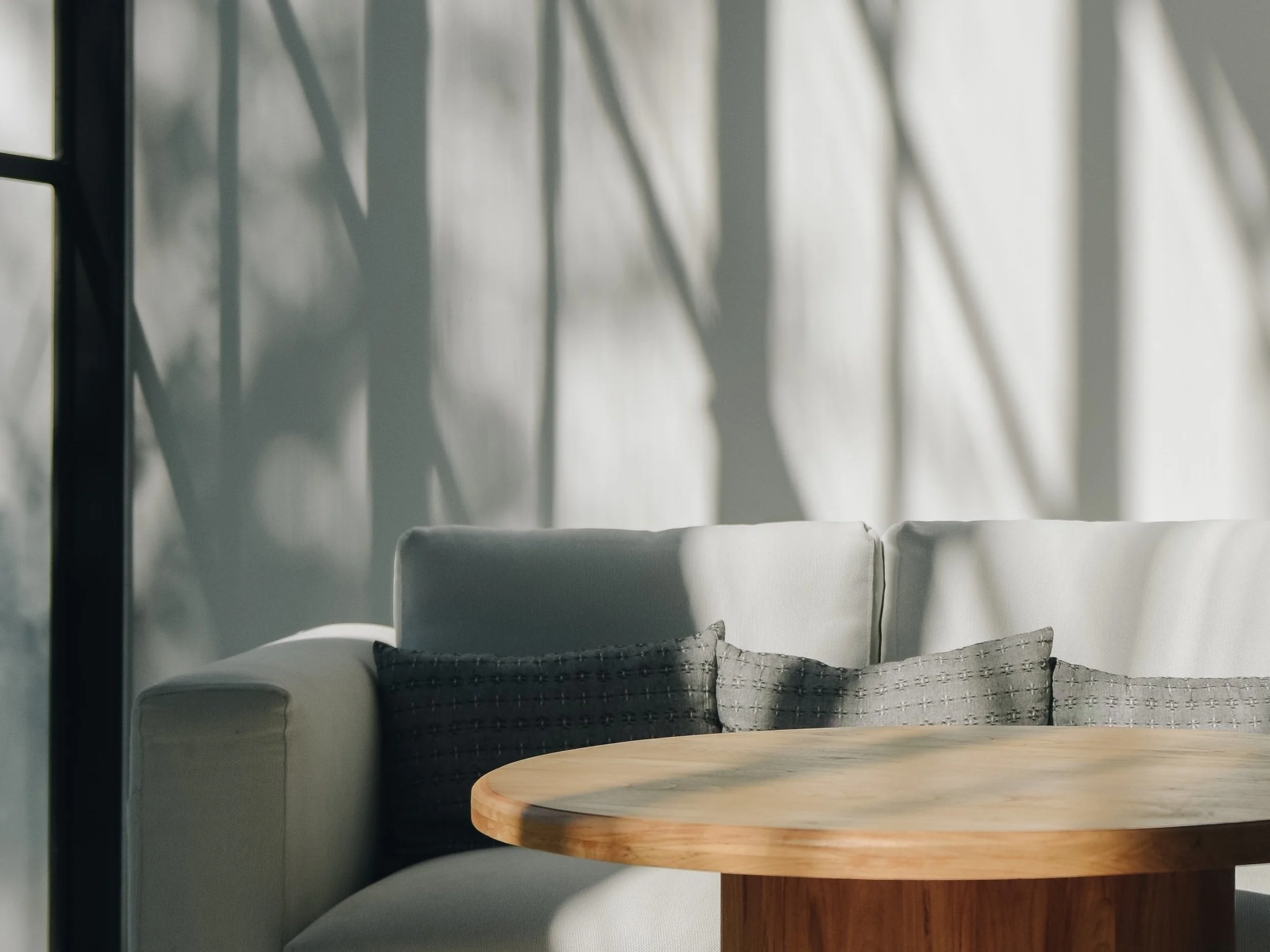Meet Me At One: What is Your Focus Space?
The studio door opens. The motion-sensor lights turn on.
Students walk in with bustling, unsettling energy at the end of a busy day; at the end of a chaotic week. Chatty, tired, laughing, drained, distracted… needing an outlet. When I sit down to write, this is exactly how I imagine characters from my different stories, or words and concepts for poems or prose, all trying to piece themselves together in my head. Unable to concentrate. Unable to unwind; all asking me questions about their form and purpose at the same time. It’s a chaos parade running through my brain.
In the dance space, I am very fortunate to teach alongside a co-instructor whose great skills in his toolbox help our students to focus a little more, and he does it with a simple phrase that I’ve carried into my writing space: Meet me at One.
One is a posture check. Fitting to its function, One is the first position of our dance warm up, which also signals the beginning of class after we stretch and are getting settled in. Position One - similar to ballet form - is standing upright, feet together at the heels with toes pointed out (to make a V). Tailbone tucked in, rib cage lifted, shoulders pressed down and chin up. This posture alone adds awareness and a little confidence. It nudges for your attention as it makes a subtle shift from ‘unsettling’ to ‘settling in.’ We give everyone a moment to hang out here at One, just standing and breathing. Then we add the hands, which we often describe as holding a large beach ball.
The room steadily becomes quiet. One is a reminder to breathe.
As we go through the other forms and a dance warm up with ease, we lean into our positions, posture and breathing, and move away from the scattered thoughts constantly running in the background. We meet our form and technique. We find focus. One is the transition space.
While it serves effectively in the dance space, “Meet me at One” translates seamlessly in the writer's space as well. My writing space isn’t anchored in a physical space. I grew up with a lot of people under one roof and am used to claiming whatever space is available, which may likely have a lot of background noises, chatter, and conversation, but it became my workspace. Finding a centering moment to pick my thoughts out from the chatter, to listen to myself- or which story/project/dialog/character is speaking to me- helps me focus on what work to revisit. I am definitely comfortable in the space of creative chaos as long as I know how to focus, and before I jump into my own chaos, I have to meet myself at One.
As I am heavily rooted in technique in the dance space, these words have etched themselves along my writer’s spine. For me, the writer’s “One” might involve a short list of words, phrases, or characters on a sticky note, a short freewrite, playing a song that either gets me pumped or reminds me of a character/mood related to the piece you’re working on. Maybe I’m standing in the kitchen with my french press (in Position One, likely), waiting four minutes to press the coffee, or maybe I’m off work, walking to the car, thinking about pulling that first draft I threw into a drawer a week ago to revisit. It’s a moment to recenter and nudge my brain towards writing-mode. Wherever I am, “Meet me at One” is a muscle memory that sends out the signal for me- mind, body, writer- that it’s time to focus, breathe, clear the space, and get to work.
So, first things first, writer. Meet me at One.
Liezel Moraleja Hackett (she/her) is a writer and choreographer who often dwells in the space between dance and illness, culture and captivity, movement and limitation. Liezel has an MFA in Creative Writing and Poetics from the University of Washington Bothell. Her work can be found in Clamor Literary Journal (2017, 2018), UOG Press’ Storyboard: A Journal of Pacific Imagery, and Ponyak Press’ The Friday Haiku (@ponyakpress on Instagram/Twitter).
